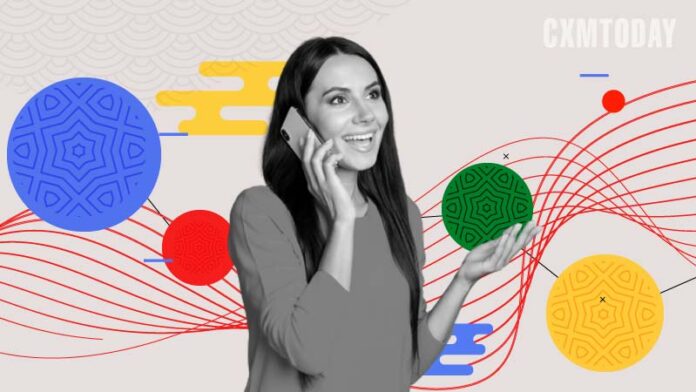We’re far from creating AI that can pass the Turing test. In fact, automated phone systems are still struggling to recognize simple words and commands.
Till now, customers have learned to adapt to make sense of the system instead of the system adjusting to the caller. It is this challenge that the team at Google’s Duplex aims to solve. The project was first announced by CEO Sundar Pichai during the May 2018 Google I/O developers conference.

In 2020, the company started rolling out beta testing versions across the US. Last week, Brazil joined a short list of countries like Japan, Mexico, New Zealand, Peru, Spain, United Kingdom, Venezuela, etc to begin real-world trials. Google Duplex uses AI to make conversations more natural. You can even expect the bot to mimic humans with an umm or uh in between the conversation.
Here is what Duplex can do:
Booking an appointment: If the customer wants to book an appointment, Assistant will confirm specific details like the customer’s preferred time, type of service, or size of party. Once this information is confirmed, Assistant will try to book an appointment with your business by using an online booking partner (if available) or by calling your business using the automated voice-calling technology from Google Assistant (calls are monitored and recorded for quality assurance). At this time, appointment bookings with Google Assistant are only available in the United States.
Checking business information: To ensure that Google shows accurate information about your business, like your business hours or the status of in-demand inventory, Google may call or text your business to confirm information that you’ve not yet confirmed. These calls or texts may use the automated voice-calling technology from Google Assistant (calls are monitored and recorded for quality assurance) and may result in updates to your business profile on Google Search and Maps.
Checking restaurant wait time: If the customer wants to get the current wait time for a table at your business, Google may call your business to get the information and share the wait-time information with the customer. These calls may use the automated voice-calling technology from Google Assistant. Calls are monitored and recorded for quality assurance. At this time, checking the wait time with Google Assistant is only available in the United States.
One of the key research insights was to constrain Duplex to closed domains, which are narrow enough to explore extensively. Duplex can only carry out natural conversations after being deeply trained in such domains. For brands, the technology has tremendous potential. It can help businesses increase customer experience but transparency is a key part of that. In fact, Google reiterated that the Assistant would explicitly identify itself at the top of the call. This after the demo sparked criticism about intent. Rather than just say it was calling on behalf of a user, the company expanded on the legalities associated with the functionality. In certain US states, the Assistant will also inform the person its calling that they are being recorded in order to abide by two-party consent laws.
Serving is controlled by a setting in Search Console. If Duplex on the Web is enabled for your site in Search Console, Google Assistant can offer to perform supported actions for site visitors.
In the future, the Duplex-powered Google Assistant promises to do a lot more. For small businesses, it’s a big win. Duplex is the Assistant Action that helps small businesses offer automated experiences
If you liked reading this, you might like our other stories
Taking the Self-Service Route
BORIS, a Logistical Nightmare?




